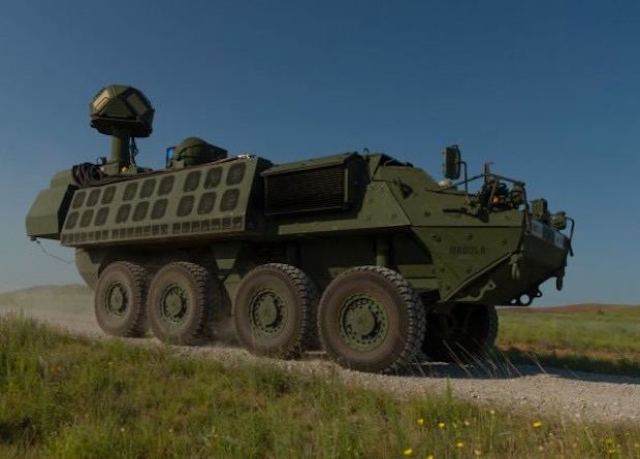The US Army tested a Stryker armored vehicle with a prototype of a 50-kilowatt laser installation during a live-fire exercise at the Fort Sill base in Oklahoma. The military plans to receive four such vehicles by October. They will use a laser to fight drones, artillery and mortar shells.
The main advantage of a laser weapon is its almost unlimited ammunition: the radiating installation shoots until it ceases to receive energy from the power source. Therefore, a number of countries, including the United States, are engaged in its development, China and France .
In 2017, the US Army decided to install 50-kilowatt lasers on Stryker armored combat vehicles. The military plans to use them as a short-range anti-aircraft system — to cover troops from drones, mortar mines, artillery shells and helicopters. Two years later [...], Northrop Grumman and Raytheon received a contract to create prototypes of the laser.
Northrop Grumman never finished its prototype . During testing last year, its 50-kilowatt laser module caught fire. Sources say that this was due to the system of thermal regulation and power supply management. The developers tried to fix the prototype, but did not have time before the final check.
Tests of the Stryker armored vehicle with a 50-kilowatt laser were conducted during live firing exercises this summer at the Fort Sill base in Oklahoma. The US Army reported this on August 10. The military tested the laser installation by fighting with simulated missiles, drones and projectiles.
According to Lieutenant Neil Thurgood, this was the first combat use of the laser during maneuvers in the army, and the technology can already be considered ready. By the 2022 fiscal year, which will begin on October 1, 2021, the military is going to receive four Stryker armored vehicles with lasers and send them to combat units.
If a 50-kilowatt laser is enough to fight drones and projectiles, then a more powerful installation will be needed for cruise missiles. For example, a 300-kilowatt anti-aircraft laser. Earlier we wrote that Lockheed Martin is developing it for the US army.
Vasilisa Chernyavtseva

